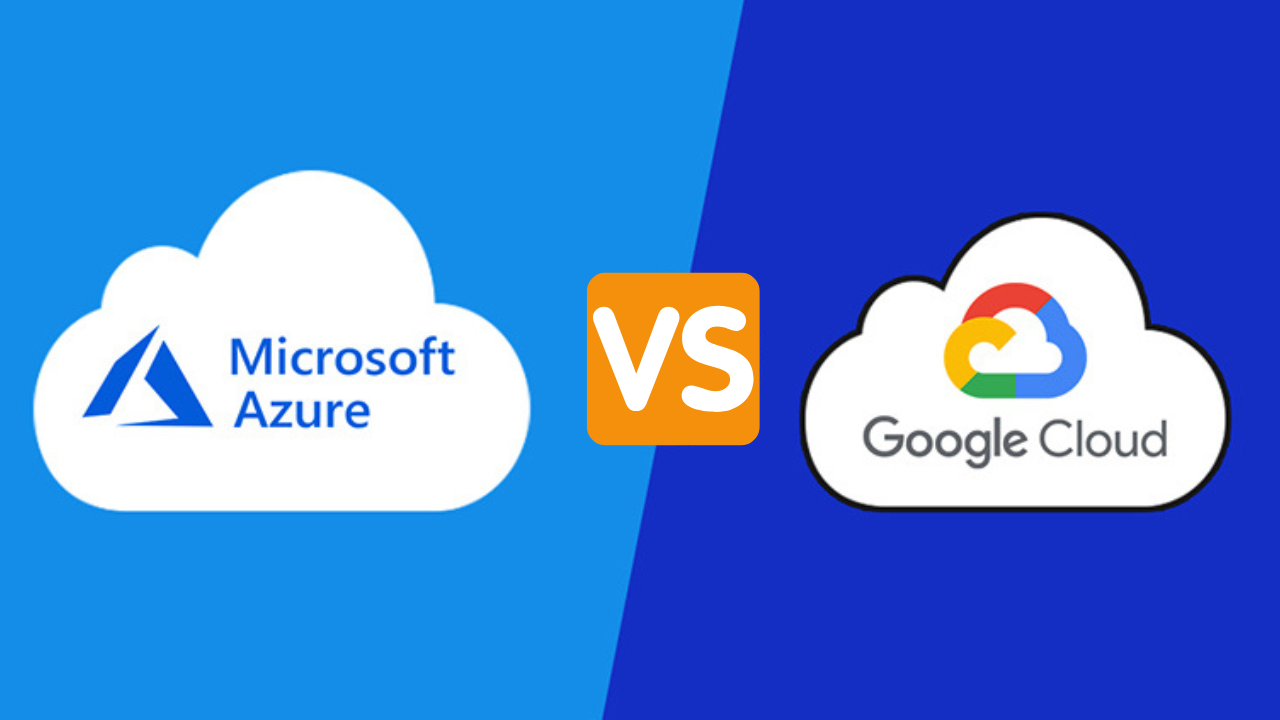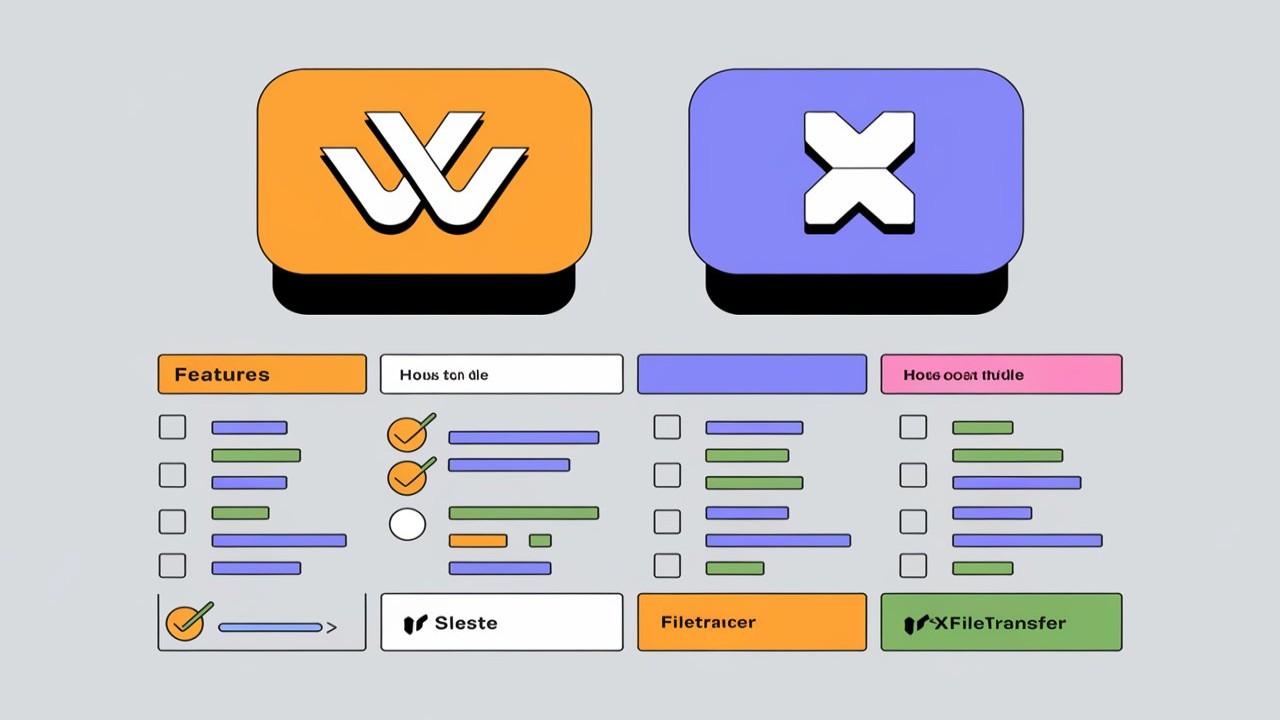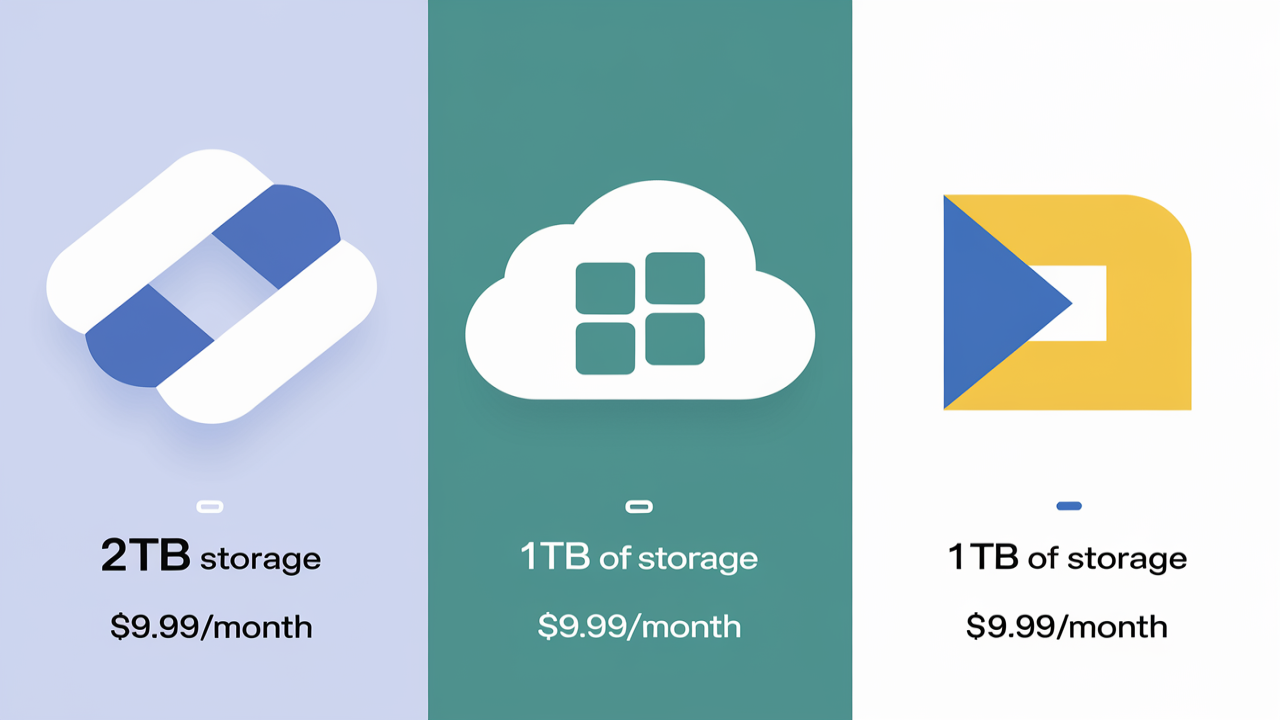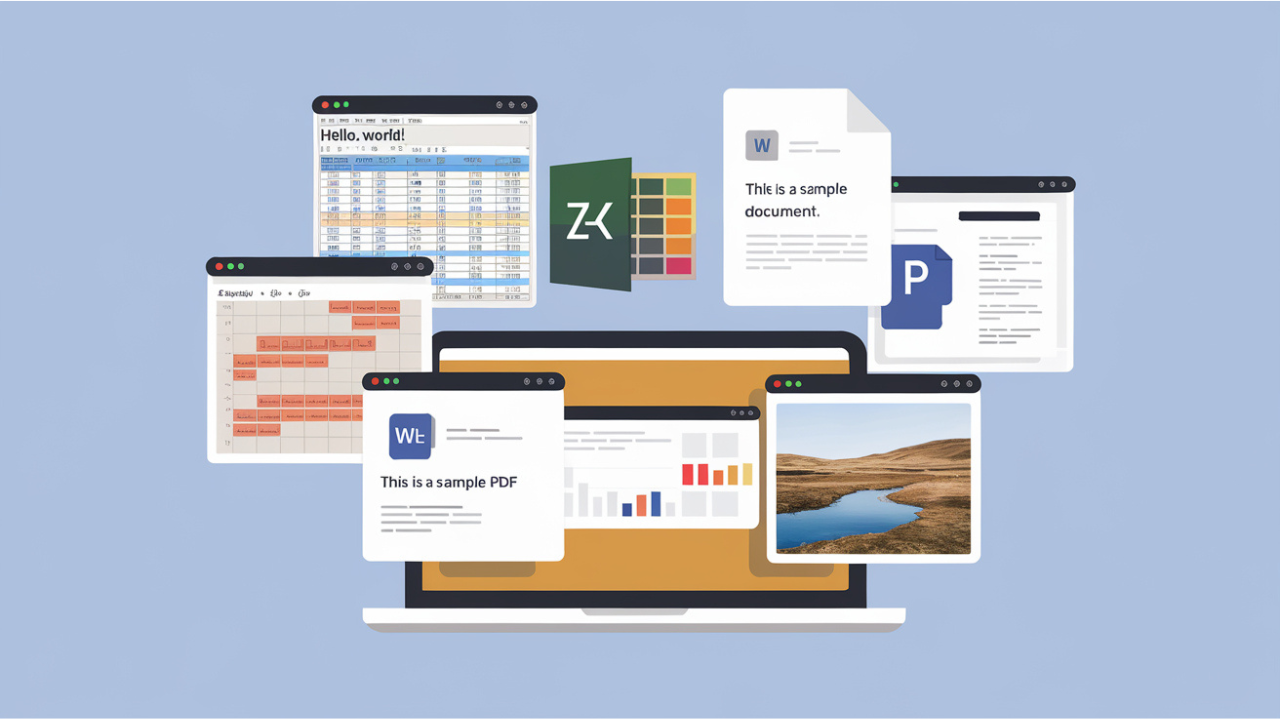In today's digital age, cloud storage solutions are crucial for businesses and individuals alike. Two of the most widely used platforms are Microsoft Azure and Google Cloud. Both offer robust services for file storage and data management, but each has unique advantages. The decision between the two often comes down to specific business needs, scalability, and technical requirements. In this comprehensive guide, we will break down the key differences between Microsoft Azure and Google Cloud to help you make an informed decision for your file storage needs.
Overview of Microsoft Azure and Google Cloud
Microsoft Azure
Microsoft Azure is a comprehensive cloud computing platform designed by Microsoft. It offers a vast range of services, including virtual machines, databases, AI capabilities, and, most importantly, cloud storage solutions. Azure is known for its deep integration with other Microsoft services, such as Office 365, Dynamics 365, and Windows Server.
Google Cloud
Google Cloud, developed by Google, provides cloud computing services that run on the same infrastructure used internally by Google for products like Google Search, Gmail, and YouTube. Google Cloud has quickly gained traction due to its machine learning, AI capabilities, and an easy-to-use platform, alongside its strong file storage and data management solutions.
Key Features Comparison: Microsoft Azure vs Google Cloud for File Storage
1. Storage Options and Scalability
Microsoft Azure
Azure offers multiple types of storage solutions designed to meet a variety of needs:
- Blob Storage: Best for storing unstructured data like documents, media files, and backups.
- File Storage: A fully managed file share for cloud or on-premise file storage.
- Disk Storage: Persistent storage for virtual machines with options for SSD and HDD tiers.
- Archive Storage: Low-cost storage ideal for infrequently accessed data.
Azure's strength lies in its ability to seamlessly scale storage as your business grows. It also provides tiered storage, which helps reduce costs by storing older, less-used data in cheaper, slower storage solutions while keeping frequently accessed data in premium, high-performance storage.
Google Cloud
Google Cloud offers similar file storage services:
- Google Cloud Storage: The primary service for storing files in the cloud, with multi-regional, regional, nearline, and coldline tiers for balancing performance and cost.
- Persistent Disks: Designed for use with virtual machines, offering both standard and SSD storage options.
- Filestore: A managed NAS (Network-Attached Storage) service, ideal for shared file storage in the cloud.
Google Cloud also excels in scalability, with its global reach and quick adaptability to growing storage needs. Google’s file storage offerings are known for their low-latency and high-performance capabilities, making it ideal for businesses that prioritize speed and reliability in their cloud storage.
2. Pricing Models
Microsoft Azure
Azure follows a pay-as-you-go pricing model, with costs based on the type of storage and the region where it is hosted. Azure also offers discounts for reserved instances and long-term commitments, allowing businesses to optimize costs. For example:
- Blob Storage: Prices vary depending on redundancy (locally redundant storage vs. globally redundant storage) and performance tiers.
- File Storage: Pricing is influenced by the volume of data stored and the number of requests made to the files.
While Azure's pricing can seem complex, the platform offers detailed calculators to help businesses forecast their costs accurately.
Google Cloud
Google Cloud has a reputation for transparent pricing, which is also based on usage and storage options. Some key pricing points include:
- Cloud Storage: Prices differ for multi-regional, regional, nearline (data accessed less than once a month), and coldline (data accessed less than once a year) storage tiers.
- Persistent Disks: Prices vary between standard and SSD options.
- Coldline Storage: Google Cloud’s coldline storage is particularly cost-effective, making it a solid choice for archiving and storing infrequently accessed files.
Google Cloud’s sustained use discounts and preemptible VMs provide further opportunities for savings, especially for businesses with large, consistent workloads.
3. Performance and Speed
Microsoft Azure
Azure’s global infrastructure ensures high-performance cloud storage, particularly for enterprises with operations in multiple regions. Azure's premium storage tiers are designed for high-throughput workloads, while its standard storage tiers are more affordable for less performance-sensitive tasks.
Azure also offers Azure CDN (Content Delivery Network) to deliver files with low latency to end users globally, making it an excellent option for media-heavy applications and websites.
Google Cloud
Google Cloud Storage is known for its fast response times and low-latency access to data, making it ideal for use cases requiring quick file retrieval. Google’s network infrastructure, which powers services like YouTube, is leveraged for high-performance file storage and delivery.
Google Cloud’s multi-regional storage allows businesses to store their data in multiple locations automatically, ensuring both speed and redundancy.
4. Security and Compliance
Microsoft Azure
Security is a priority for Azure, with end-to-end encryption for all stored files, both at rest and in transit. Azure complies with a wide range of industry certifications and standards, including:
- ISO/IEC 27001
- SOC 1/2/3
- HIPAA
- GDPR
Azure also provides tools for role-based access control (RBAC), allowing businesses to finely tune who has access to specific files and storage accounts.
Google Cloud
Google Cloud is equally secure, offering encryption by default for all data at rest and in transit. Google Cloud is compliant with numerous certifications, such as:
- ISO/IEC 27001
- SOC 1/2/3
- HIPAA
- GDPR
Google Cloud’s Identity and Access Management (IAM) provides flexible, fine-grained control over access to file storage, helping businesses meet stringent security and compliance requirements.
5. Integration with Other Services
Microsoft Azure
Azure integrates seamlessly with Microsoft’s other products, making it the preferred choice for businesses already relying on Microsoft services like Office 365, Azure Active Directory, and Windows Server. The tight integration allows for a unified experience, especially for managing user permissions, file storage, and data sharing.
Google Cloud
Google Cloud naturally integrates with Google’s ecosystem, including Google Workspace, BigQuery, and AI/ML services. If your business already uses Google products, choosing Google Cloud for file storage will allow for smooth transitions and interoperability between platforms.
Which One Should You Choose?
When deciding between Microsoft Azure and Google Cloud for your file storage needs, the choice often depends on your business's specific requirements:
- If you are heavily invested in the Microsoft ecosystem and need seamless integration with services like Office 365, Azure might be the best choice.
- If low-latency access, high-performance storage, and integration with Google services are a priority, Google Cloud stands out as a strong contender.
Both platforms offer exceptional storage solutions, scalability, and security. However, Azure excels in enterprise-level integration, while Google Cloud is ideal for businesses that rely on machine learning, AI, and data-intensive applications.






Comments (0)